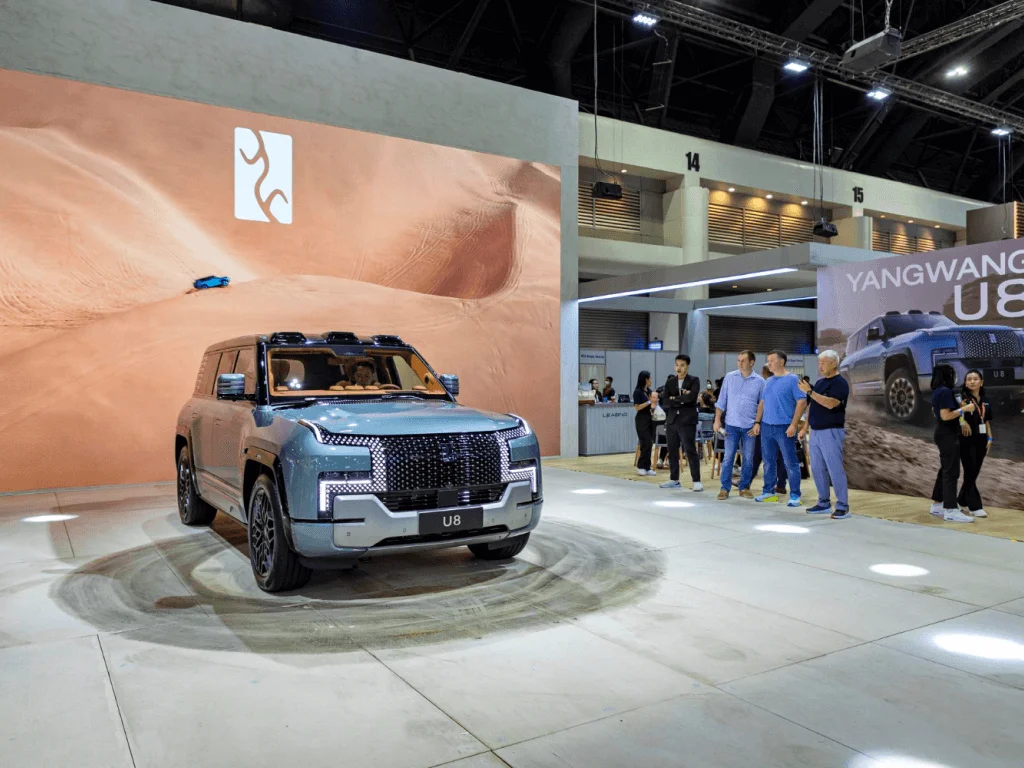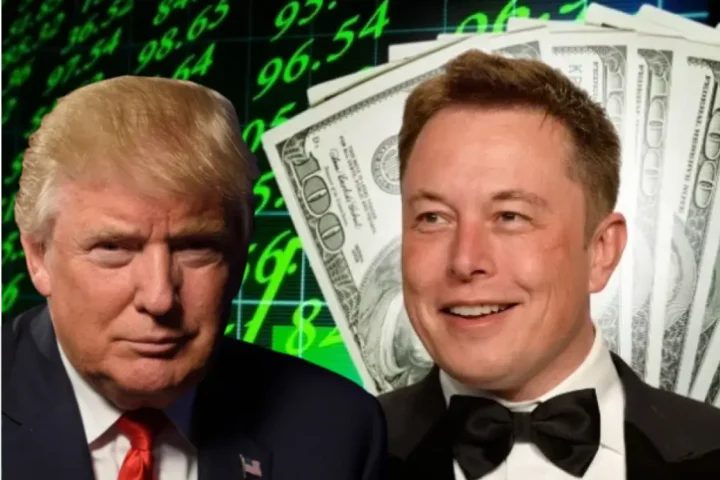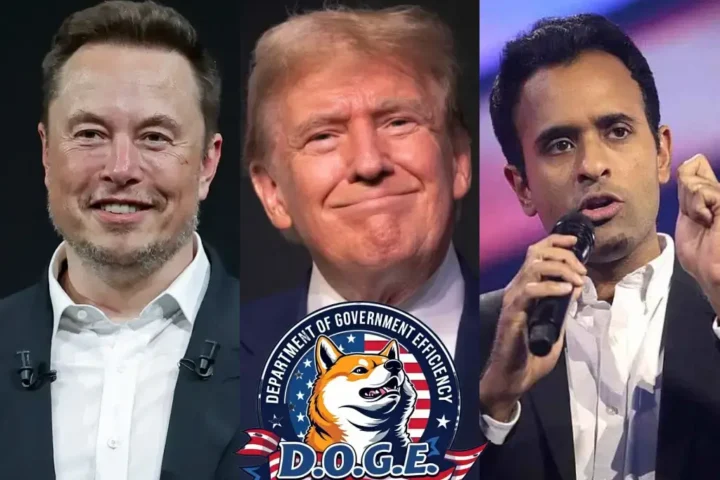The European Union faces a tricky trade test as it seeks to shield local industries from fair competition from subsidized imports while at the same time promoting foreign direct investment, especially from China. This balancing act came to the forefront with the EU’s recent treatment of China’s electric vehicles (EVs) as dumping goods by recently placing tariffs of up to 35.3% on imports of these products, thus advancing the EU trade plan.
This move has been informed by increasing worries about the increase in the heft of Chinese imports, especially at a time when the European automotive sector is critical. The tariffs help to protect the local European car manufacturers who fear that cheaper Chinese electric vehicles will flood the market and cut their profits but have received varied reactions across the EU nations.
Some countries like Germany, Hungary Malta, Slovenia, and Slovakia were against the tariff, complaining that such measures would deny them the Chinese market, especially automakers who have invested heavily in China. The German automotive industry is a major player in China, including Volkswagen, which has invested heavily in China production to cater to both markets within China and in Europe.
Conversely, countries like France and Italy, with strong automotive industries only partly dependent on the Chinese market, demanded the tariffs as it would shield their auto industries from cutthroat competition from cheaper imports. These countries regard this as the only way to protect their domestic employment and their automotive industries from being annihilated in the new global economy.
These tariffs are part of the EU’s evolution towards a more protectionist trade policy even before the implementation of the Foreign Subsies Regulation during the year 2019. This regulation, which was fully implemented in 2023, enables the EU to screen FDI, especially those from non-European member states subsidized investments, for a level playing field in the internal market.
Spain and Belgium, for instance, appeared to have a complex stand on relations with China by refusing to vote on tariffs, although the general decision will go a long way in shifting focus towards protecting industries across Europe. However, the decision has not solved all the problems faced in the past; some new problems are reasons for their decision, as the following points mentioned. China has already provided an answer to this by complaining to the WTO and warning that it would soon impose tariffs on European products, among which are luxury Charente cognac and agricultural production inclusive of pork and dairy products.
Thus, the EU trading partners’ status is diversified and also comparable to China. Although tariffs have been set with an eye on dealing with the direct concerns associated with subsidized imports, the member states are divided again on the long-term strategy related to China’s investment in Europe. Some countries, such as Hungary, have embraced the Chinese investors with anticipation of establishing a huge Chinese electric vehicle manufacturing plant, while others are wary owing to perceived advanced trade barriers that may discourage future Chinese capital.
Nonetheless, although the EU as a whole seems to stand as one entity through the tariff decision, the diversified attitude within the EU states confirms that the issue of the degree of protection for the local market and the interest in attracting investment from one of the world’s largest economies remains a challenging question.














